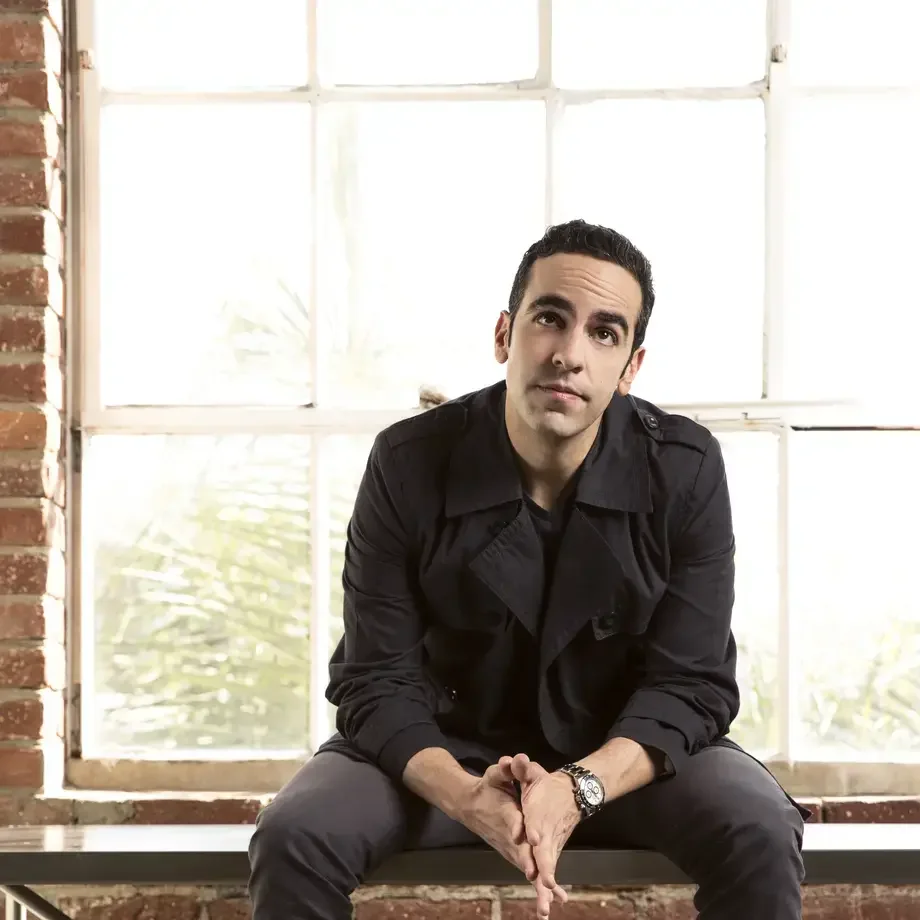If you have ever seen a large, green bunch of thick-skinned bananas in your grocery store, don’t be fooled - they are not bananas. They're plantains, a starchy cousin of bananas widely consumed in Latin America, Africa, and the Caribbean. While bananas and plantains look similar, they have quite a few differences.
Because ripe bananas are sweet, they are usually used in dessert recipes or baked goods, including banana bread, muffins, and cupcakes, often with chocolate chips thrown in.
Learn how to make the best banana pudding from scratch with just four ingredients, including a vegan version.
Looking for a breakfast recipe with a twist? Discover how to make a banana and oat muffin recipe that's perfect for an afternoon snack.
And if you're looking for delightful gluten-free muffins, check out this easy recipe.
We often buy more bananas than we need – maybe because we like them so much – and the sight of overripe bananas ending up in the trash is not uncommon. Here are some more yummy ideas for what you can do with leftover bananas.














